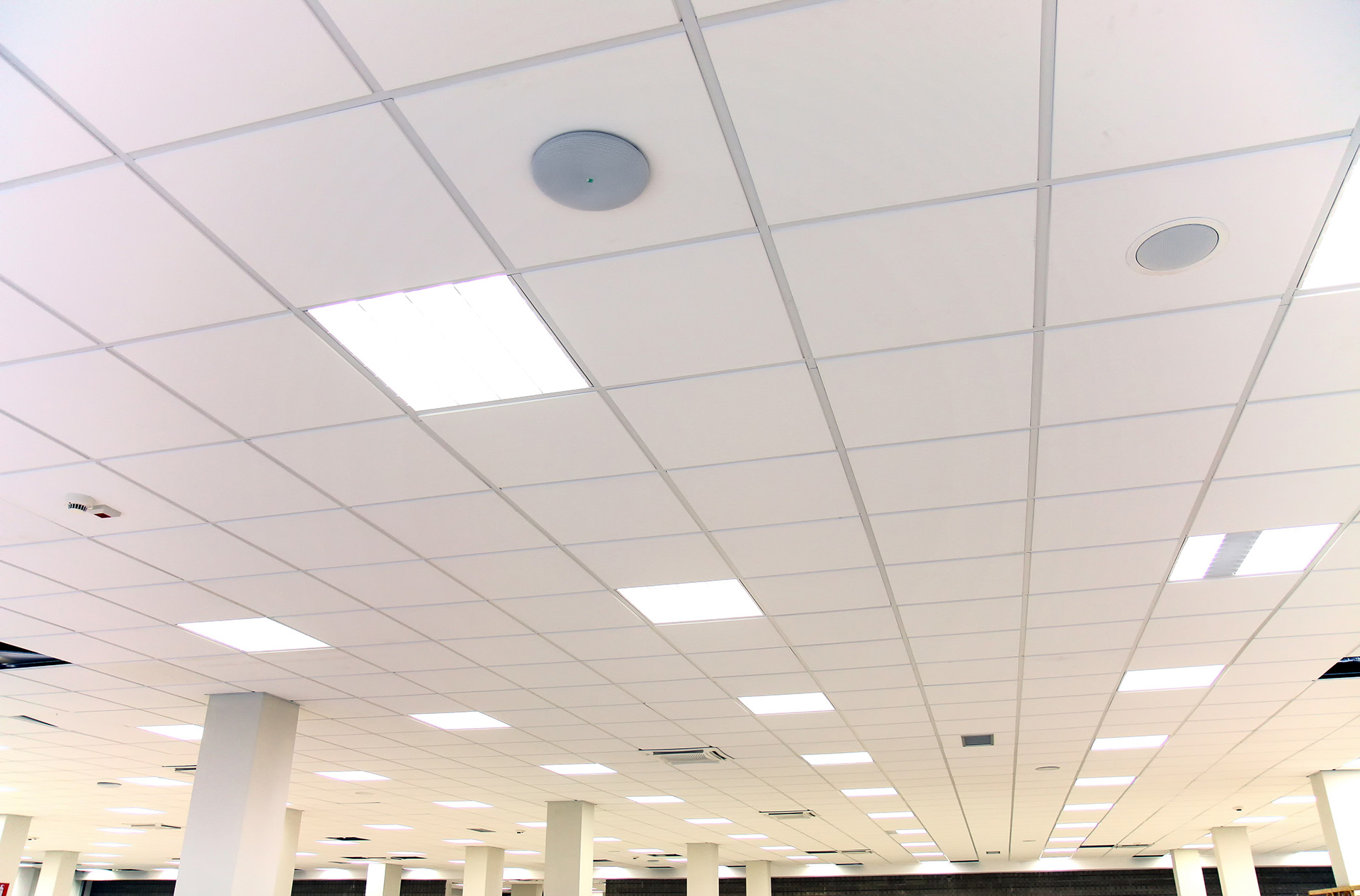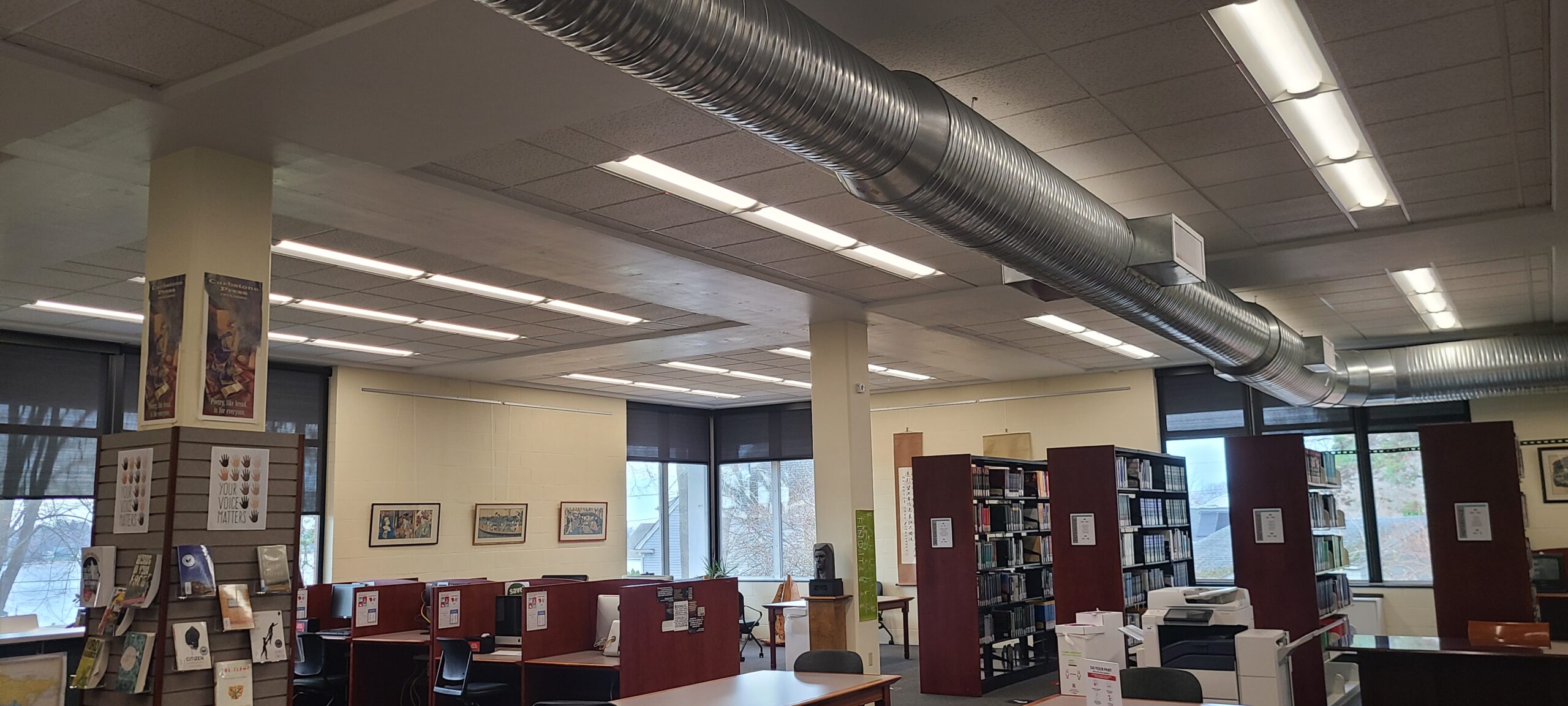Healthcare | August 10, 2018
Energy retrofit project brings cost savings without patient disruption
How can a hospital retrofit its lighting system without affecting patients at all? The strategy that Edward-Elmhurst Health chose was to skip all the lights the patients see.
But our Efficiency Solutions team was able to offer the health system a turnkey solution in which the outside firm did all the design, project management, installation and filing for incentives.
The $5.5 million project is calculated to pay for itself in just under three years, and already is saving 30 percent over previous lighting costs, Wantiez said. In terms of electricity, the improvements have reduced the system’s consumption by 15 million kilowatt hours per year. The work started and finished in 2017, but Wantiez said that doing it internally would have taken his employees at least two years while taking them away from other responsibilities.
About $120,000 of the cost was covered as an incentive rebate from Commonwealth Edison for upgrading the Elmhurst facility, according to Rob Golden, business development director, Mantis Innovation, Midwest region. Mantis Innovation handled all the paperwork and verification for the rebate and took the end payment after deducting the amount from Edward-Elmhurst’s bill.
The Edward facility, which is served by the municipal power utility of Naperville, Ill., did not get a rebate because the utility’s fund was depleted. “There was no point in waiting for the next go-around,” Golden said. “The incentive was to save money now.”
Because the Elmhurst campus was built only about a decade ago, “we were a little surprised that we could create some efficiencies for them,” Golden said. But across their 10 locations, old and new, the system was using 200 different lighting fixtures. Mantis replaced as many as possible with LED fixtures.
But most equipment in patient-facing areas was left as is. “We did not want any patient disruption,” Wantiez said. “We wanted to do it quickly, without them ever seeing it.” Although bulbs will be changed as needed in patient rooms, operating rooms, and other public areas, “that’s not our highest-cost lighting,” he said. “I would much rather have the parking lot done, because that’s more bang for my buck.”
Lights in other “offstage” areas like labs, pharmacy, offices, and laundry were also fully replaced. Some other work was performed during nighttime hours, such as using a lift to replace the fixtures in the two-story atrium.
A two-story atrium with floor-to-ceiling glass, of course, should not need much lighting in the daytime. But the pre-existing control system for “daylight harvesting” did not work well, and as part of its contract, Mantis worked with the original manufacturer to recommission the system.
Energy-saving controls for lighting in other areas were also part of the retrofit, such as dimming systems for areas with variable foot traffic, including the parking garage. After seven minutes, lights go down to 50 percent of full. And rather than going from full dim to full bright in a blink, the new system ramps up quickly but gradually.
In addition to using less power, the newest generation of LED bulbs also last much longer; Golden said the fixtures have a five- to 10-year warranty. “I used to have guys who did nothing but replace bulbs,” Wantiez said. “I’m happy to see that go,” as well as the need for large inventories of replacements.
In past years and decades, many facilities hesitated to do an LED retrofit because of the cost of the bulbs. But since that has been dropping rapidly, “it doesn’t make sense to wait any longer,” Golden said. Waiting for further drops in the cost of LED fixtures “is pennies now,” he said, “but it’s going to cost dollars to wait.”
Aside from working on the control system for the dimmers, “for the most part it was a pretty straightforward replacement,” Golden said. “The technology is mostly at the point where you don’t need to rewire.” But, he conceded, “With 38,000 fixtures, not everything worked like we hoped it would.”
This story was originally published by Healthcare Facilities Today - read it here »
Related Posts
Discover more content and insights from Mantis Innovation

Your Guide to LED Lighting for Business and Commercial Buildings
Never to be underestimated, LED lighting and well-designed lighting retrofits and upgrades offer businesses big improvements like reduced energy costs, reduced emissions, and improved working

Leveraging Commercial Lighting Rebate Programs for Project Cost Savings
In the world of commercial real estate, energy efficiency is no longer a luxury, but a necessity. With the increasing emphasis on sustainability and cost-effectiveness, building owners and operators

Maximizing Energy Efficiency: A Blueprint for Reducing Energy Usage
For organizations, optimizing energy usage brings an array of benefits, from reducing operational costs to having a positive impact along your sustainability journey. Mantis Innovation understands

Sustainability’s In Session at Mitchell College
Located in New London, CT, Mitchell College is a private liberal arts school with a tight-knit community of just over 800 students, faculty and staff. In 2019, the college planned to optimize